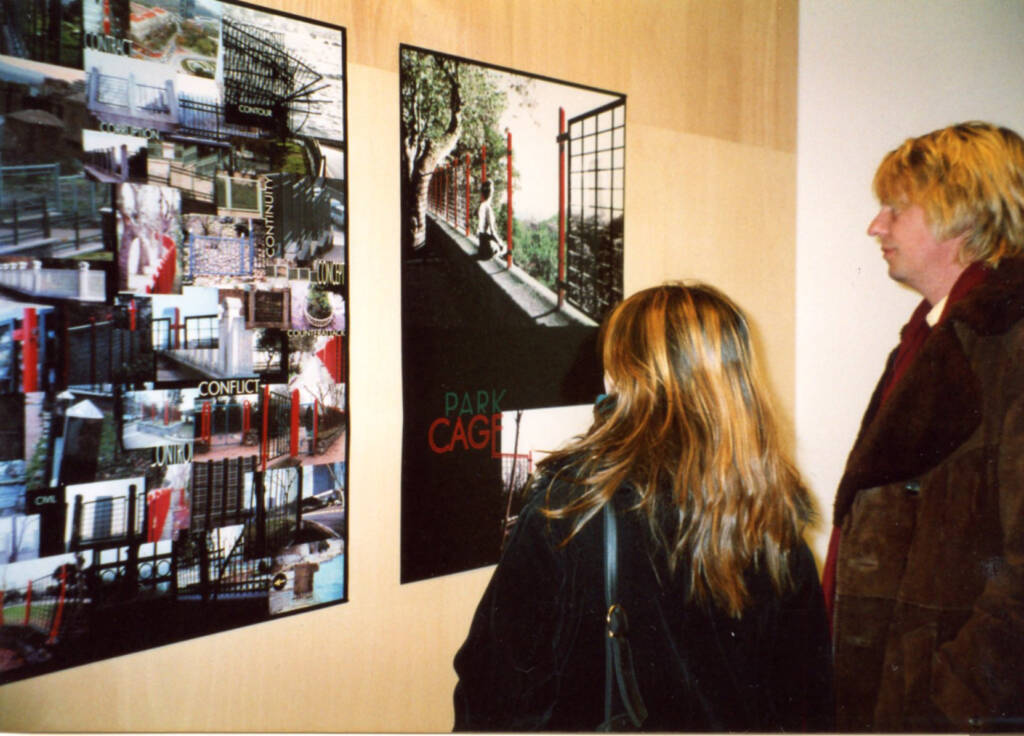
Mit:
Yetkin Basarir
Osman Bozkurt
Cevdet Erek
Erik Göngrich
Aydan Murtezaoglu
Murat& Fuat Sahinler
Bülent Sangar
Seçil Yersel
“STADTanSICHTen: Istanbul” at the ifa Gallery Berlin is the third exhibition in a series that deals with urban development and urban planning of megacities.
Istanbul, the two-and-a-half millennia old city on the Bosporus, has been subject to cultural and architectural changes over the centuries: Byzantium, Constantinople, Istanbul – the city between Orient and Occident was fought over, destroyed, rebuilt from scratch, remodelled and expanded. Istanbul grows spontaneously, in fragments, provisionally, breathlessly. Istanbul’s growth is rampant and sprawling – and yet, it culminates in a true city. Despite the lack of or plain disregard for existing master plans, land use plans and development plans, new neighborhoods of informal settlements are being created almost daily.
Industrial areas are being pushed to the outskirts of the city and replaced by high-rise banks and office buildings, service and shopping centers. Urban highways are being built across the historic city center; the middle and upper classes are fleeing the inner city, and the historic city center is developing into an Orientalist Disneyland. And yet the city “works”. The citizens of Istanbul organize themselves, life in their city, and sometimes the city itself according to their needs. As a result the megacity appears exceedingly vibrant and well-organized, in spite of problems such as environmental pollution and traffic collapse.
The works selected by Vasif Kortun, director of the Platform Garanti Contemporary Art Center in Istanbul, and Iris Lenz, ifa-Gallery Stuttgart, approach Istanbul’s urban life from the outside in a poetic or documentary style. They offer various subjective perspectives from the realms of urban planning, sociology, communicaton and aesthetics as they examine the city of bridges and ferries, of minibuses and city highways, of gecekondu settlements and office towers, the city of mosques and markets.
Erik Gongrich invites us to explore the urban space: his slide projection “Picnic City” offers glimpses of the ninety percent of the city that is not the historic core, the universally known, roamed and photographed areas of Pera, Galata and Sultanahmet, while Cevdet Erek’s video installation “The Second Bridge” focuses on one of the two crossroads between Asia and Europe, between the Black Sea and the Mediterranean.
Seçil Yersel shows citizens’ appropriation of public space in a series of photographs of Luna (amusement parks), as does Yetkin Basarir in his photographs of the semi-private use made of dreary backyards, while architects and urban planners Murat and Fuat Sahinler expose the absurdity of public parks that are fenced-in.
Osman Bozkurt’s video “Auto Park” documents the dangerous use of green strips between city highways as soccer fields, barbecue areas and sun decks. The exhibition moves from urban and public space into private space: Aydan Murtezaoglu’s photographic work offering the viewer a serene, relaxed look at Istanbul is followed by Bülent Sangar’s video, in which the aggression of the individual against everything that surrounds him is visualised in a tense and frightening way.